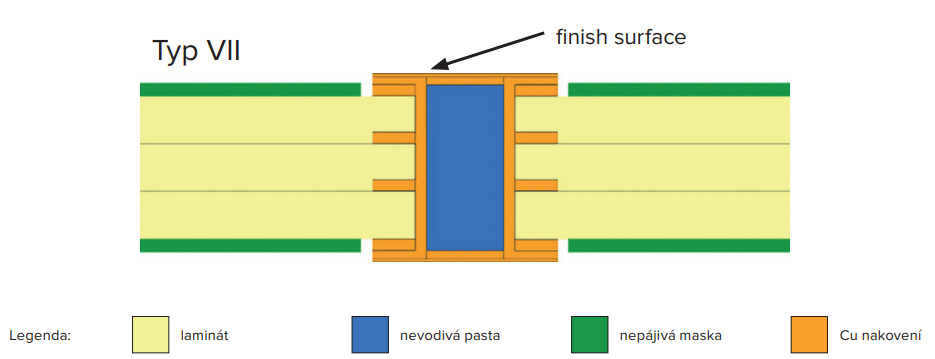Speeding up production? New production line for non-conductive paste will also help
“A production of printed circuit boards is a combination of technical physical and chemical processes. All the operations require certain time and it is up to us to adapt these processes to one another while seeking new technologies in the market that could potentially even speed this entire process up,” as added by the R&D manager of Gatema PCB, a company that has placed its main competitive advantage right on the speed of its production. And what's more, as a result of this it is one of the few manufacturers that still goes by the thankless three-shift operation in which the production of the printed circuit boards practically never stops. On the other side, primarily due to this the company is able to provide prototype PCB practically all over Central, West in northern Europe.
„We are, in this respect, strict primarily with ourselves. Starting with the reaction time until we reach out back to the customer or with speed with which we tune in technical preparation of the board itself - and ending up with investments that on an annual basis we have to realize and put into practice in the production itself. Most of the time details are of crucial importance” Michal Horni adds.
The online configurator has helped the company a great deal with the process of initiating the production. Thanks to the configurator it is possible to have a larger part of the drafts immediately checked and sent into the production process. The process is then being taken care of by the information system which is then in real time able to change priorities on individual machines.
The production process is then a chapter of its own. This is best shown and proved by the modern production hall itself. And Mr. Michal Horni is along with the holding majority owner Mr. Frantisek Vlk and Gatema PCB chief Mr. Zdenek Capal a member of the trio of personalities who most often get to decide of new investments.
And today you will be surprised in the production hall itself by one thing. On such a big area you will only meet a minimum number of staff. Practically all operations with the exception of inspection or labs have been largely automated up to now. „Of course big investments into new technologies and replacing older machines with the new ones are connected with this, but the numbers speak very clearly. Automation has reduced the number of mistakes and simultaneously does not costs any further larger delays.” as Michal Horni says. This year's news is then gradually built galvanic line. Seventeen and a half metres long machine has already been implemented in Gatema with the help of a respected company PPT. The machine is already in operation, only its end module (via-fill) for filling in gaps with galvanic copper needs to be launched toward the end of the year.

And it is just these details - such as gap filling - that all play exceptional role in the entire production process which has also been shown by the recent implementation of a machine for filling in gaps with non-conductive paste where a German producer ITC company participated. „Gap filling has until recently been solved by external supplies however considering the more and more frequent inquiries from our customers we have decided to invest our own capital into purchasing new technologies. Thanks to this step we a lot of the times have been able to cut the entire production process of some of the boards by more that half. Technologies for filling gaps is strongly debated in relation to thermal management of the board and at the same time the technology has brought the customers the possibility to furnish the printed circuit surface itself in higher thickness which is obviously economically very attractive” as Michal Horni closes.
Connect with our specialists